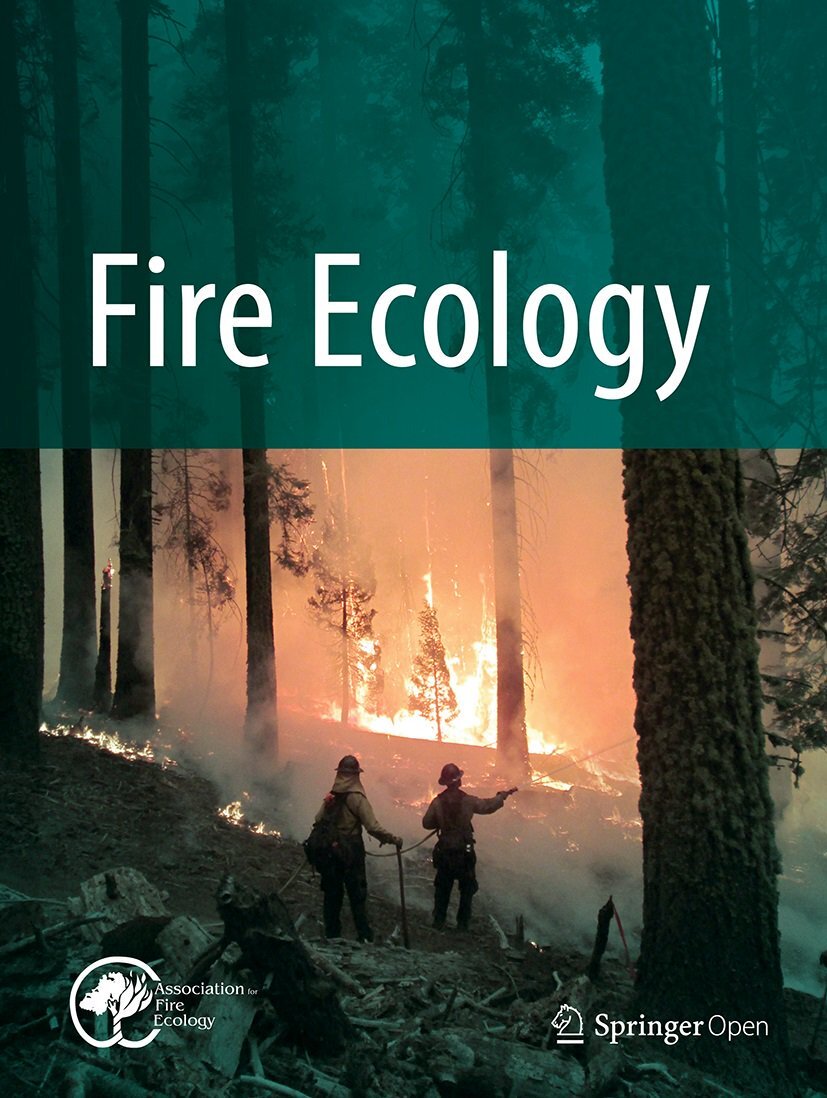Two students awarded the Wayne Harrison Memorial Scholarship in 2022
The Wayne Harrison Memorial Scholarship supports academic and professional growth of students through funding research, management, or education projects related to wildland fire science. AFE received 12 strong applications for the scholarship’s inaugural year, and a panel of four judges independently reviewed, scored the applications, and selected two awardees. Congratulations to Emma Zeitler and Ashlyn Sneed!
An investigation of subalpine forest dynamics before and after short-interval fire in Routt National Forest, Colorado
Ashlyn Sneed, undergraduate student
Texas Tech University College of Arts and Sciences, Ecology and Environmental Biology
Awarded $2500
Subalpine forests are adapted to infrequent fires happening once every few hundred years, but over the last two years, we have seen two fires in the Routt National Forest in Colorado, with some areas overlapping with the 2003 Mt. Zirkel Fire. Due to climate change, this short interval between severe fires could be causing these largely conifer-dominated forests to convert into grass-dominated or aspen (Populus tremuloides) dominated forests. Since quaking aspen are much more adapted to surviving and reproducing after high-severity fires, these back-to-back stand-replacing fires represent a unique opportunity to measure subalpine forests responses with pre- and post-fire data after a fire interval that is much shorter than historical trends. In the summer of 2022, we revisited nine sites with permanent plots established in 2003 that burned in the 2020 or 2021 fires and collected data for ground cover class, seedling densities and species composition, and tree survival, species, and size. With the data we collected, and the data collected in the same plots in 2003, I plan to compare how aspen seedlings differ from the Mt. Zirkel fire to the most recent one, the Morgan Creek fire through repeat-measure ANOVA or a similar, non-parametric test if warranted.
Effects of timing on fire-herbivore interactions
Emma Zeitler, Graduate Student
University of Florida, Wildlife Ecology and Conservation
Plant communities in the longleaf pine ecosystem have evolved key adaptations to persist after fire disturbances. A common response is to produce new, high-quality growth to regain aboveground biomass, which attracts herbivores to recently-burned areas and facilitates unique fire-herbifore interactions. For instance, browse after fire-induced topkill can have species-specific effects on plant fitness. Additionally, fire can create beneficial microsites for dispersing seeds, the arrival of which often increases with herbivore activity. The physiology and behavior of plants and animals vary temporally, however there is little information on how timing influences the outcomes of their interactions with fire. To compare the effects of the timing of fire on plant communities, I established eight blocks, each containing four treatment plots that will be burned according to season. To examine herbivory, I will follow the growth rates of four hardwood tree species within the treatment blocks, half of which will be protected from white-tailed deer (Odocoileus virginianus). Additionally, I will conduct experiments examining how the diet of deer influences seed dispersal interactions with secondary dispersers. Overall, studying how the effects of fire on plant-animal processes vary throughout the year will enhance the understanding of the ecosystem-wide impacts of fire.


